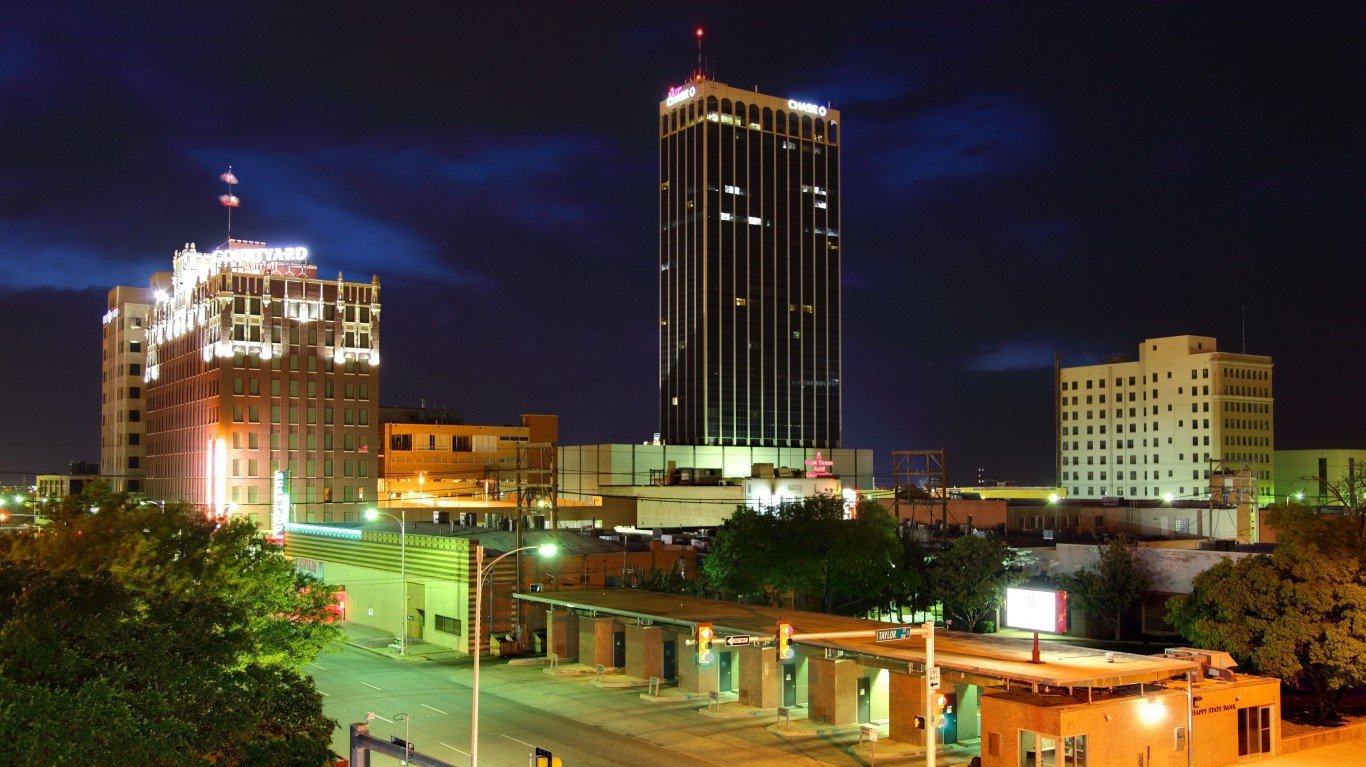
"While some employers, such as Jamie Dimon from JPMorgan Chase, have made it clear it's time for employees to get back into the office, many other employers have adopted permanent hybrid or remote work policies, leaving downtown office towers only partly filled. As of mid-2025, national office vacancy rates hit a record 20-21%, while workplace badge swipes show average occupancy stabilizing around 55% on a typical weekday"
"Rising housing costs in larger metros, combined with a growing appetite for more space and flexibility, have spurred some urban residents to migrate to the suburbs - or even entirely new regions. Recent Census estimates show that most U.S. cities actually gained population between 2023 and 2024, with New York City, Houston, and Los Angeles recording the largest numeric increases. While Americans still express high interest in moving, the actual share who relocate annually remains closer to 8-9%."
America's urban centers continue to confront long-term pandemic effects, shifting work patterns, and demographic changes. Many employers moved to permanent hybrid or remote work, leaving downtown office towers partially filled and driving national office vacancy rates to a record 20-21 percent and weekday occupancy near 55 percent. Rising housing costs and demand for more space have driven some residents to suburbs or new regions. Census estimates show most U.S. cities gained population from 2023 to 2024, led by New York City, Houston, and Los Angeles. City revitalization efforts receive billions in infrastructure dollars, though the DOT canceled a few transit grants in September 2025.
#urban-population-decline #remotehybrid-work #office-vacancy-rates #housing-affordability #infrastructure-funding
Read at 24/7 Wall St.
Unable to calculate read time
Collection
[
|
...
]